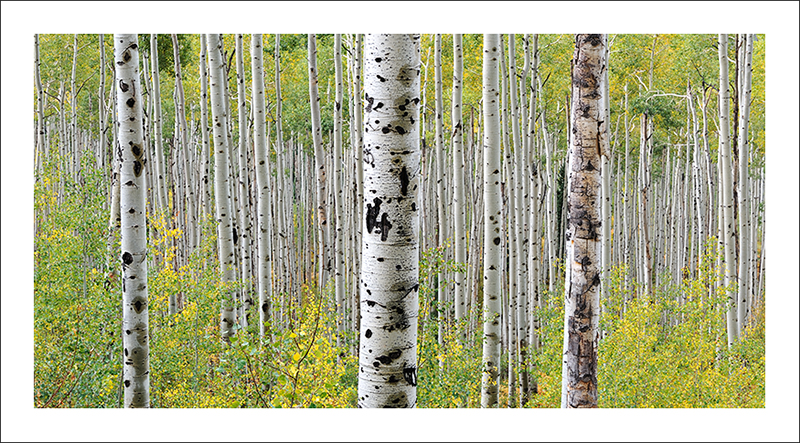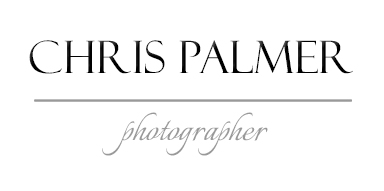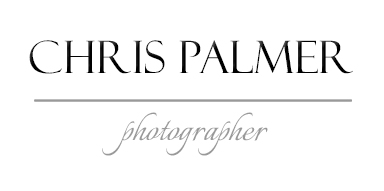Detail in the Landscape
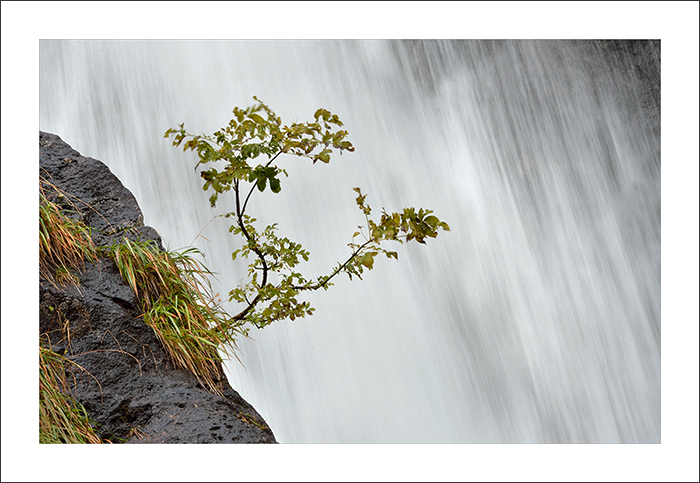
When most people think of a landscape, they generally envisage a view, a vista, or a panorama. When we venture out into the countryside it is the whole scene that we immediately see, embracing everything from foreground to horizon, and we then use our cameras to capture it, as a record of that particular place.
In order to shoot such a view many will use a wide angle lens to get the whole scene in the frame, but that approach can often disappoint, since it diminishes many of the features that make each place so distinctive. A wide view also means that you often have to include the sky in your picture. This is all well and good if the sky has drama, beautiful clouds, or textures and colours, because this can enhance a landscape. But often a sky is dull and lifeless, and serves only as a distraction to the scene you are photographing. Unless the sky is helpful, I recommend excluding it, (maybe by using a longer focal length), and to concentrate on the important features within the overall scene.
I'm sure that many are familiar with the saying that 'a part is greater than the whole'. I would suggest that it's a very valid consideration when applied to photography. I have found that a selection of part of the landscape (or a detail within it), can create a much stronger image, (and a simpler one too).
The selected view also offers much better opportunities for individuality, - to portray a personal response to a location. We all see the world slightly differently, and I find the search and subsequent photography of what some photographers call 'intimate landscapes' very satisfying.
Most locations offer an opportunity to capture detail, and I often use a short telephoto lens, to abstract the landscape, and help me identify simpler elements that I can concentrate on. The search for a satisfying image is not always easy, and I spend a lot of time moving around a location, stopping to look, taking time to appreciate what is in front of me, and looking through the viewfinder to find and frame a good shot. Some locations are easier to work than others; - there have been times when I've felt as if I'm searching for a needle in a haystack! The knowledge that the pictures are invariably there drives me on and encourages me, motivates me to look more intently, to familiarise myself with the place, and realise the potential of each and every situation.
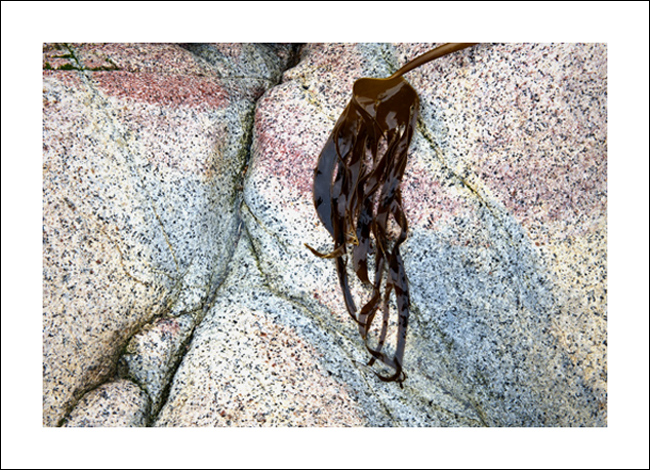
Light
When photographing a small area, or a detail, then overcast lighting, or at the most 'cloudy bright', is always my preference. It reduces the contrast and allows the camera to record the subtleties of tone, texture and colour that a harsh contrasty light will destroy. Heavy shadows and over bright highlights can really spoil a natural scene. Occasionally there are times when a low glancing light across the surface of a rock or foreground element can be useful, placing an emphasis on an important feature of the scene. It can also draw out the undulations and textures within the shot, providing additional depth and interest to an image.
Tripod
The search for an image is often hampered by the camera being mounted on a tripod, so my own method of working is to have the camera round my neck, and the tripod close at hand. I work with the camera to find the best viewpoint, focal length, and composition. I then know exactly where the tripod has to be placed, and at what height I need the tripod head. Having erected the tripod the camera is popped into a quick release shoe; - I then concentrate on exposure, depth of field, fine tuning the composition, and eliminating distractions.
Most of the time I use a small aperture to guarantee good sharpness throughout the scene, and manually focus the lens to maximise depth of field, (hyperfocal distance). Finally the shot is taken, - my aim is always to extract the very best quality I can from each and every shot.
